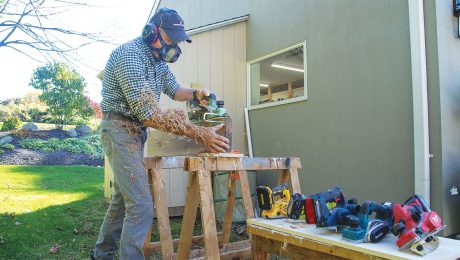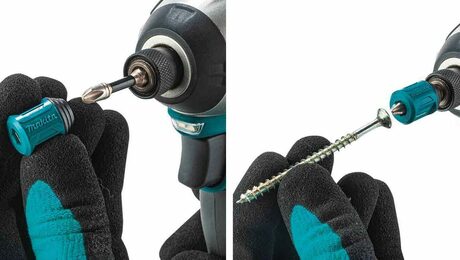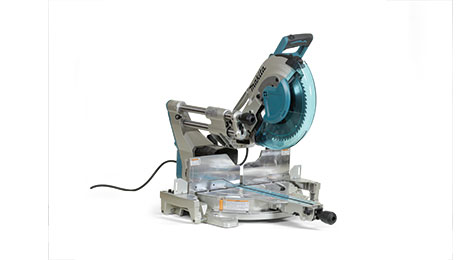Portable Power Planes
How these versatile tools can true framing lumber and clean up trim.
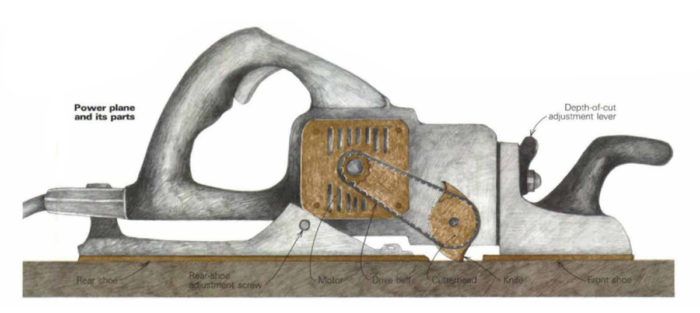
Synopsis: This is a guide to selecting and using a portable power plane. The author explains now this tool can be used on a variety of jobs, from straightening bowed framing to fitting doors.
Portable power planes can solve many of the problems that come up on the construction site during framing and finish carpentry. By removing a thin layer from a piece of wood, power planes can improve the appearance of the surface by taking out saw marks, dings and other blemishes. And they’re good for fitting and scribing trim. With repeated passes, power planes can straighten or taper studs, joists, rafters and beams. A lot of this work would be unnecessary if all framing lumber were dimensionally stable and free of twists and bows, if houses were built perfectly square, plumb and level, and if all carpenters, sheetrockers and other tradesmen did flawless work. But they don’t. So my power planes get steady use.
In size, shape and function, power planes resemble hand planes, but they work like machine jointers, turned upside down and held by hand. On a hand plane, the sole is a single flat surface with a slot, or throat, through which the blade protrudes. You adjust the depth of cut by moving the blade up or down in relation to the sole of the plane. But the sole of a power plane, like the bed of a jointer, has two separate surfaces, one in front of the knives, one behind. The cutting edge of the knives is always aligned exactly with the plane of the rear shoe, and you change the depth of cut by raising or lowering the front shoe. When the front and rear shoes are in exactly the same plane, the knives will just skim the work surface and make no cut at all.
What’s on the market
In my view, there are four types of power planes, with slight design variations among manufacturers. The planes all have the same basic working parts — a motor, a rotary cutter head that holds either fixed or adjustable knives, a two-piece shoe, one or two handles and a mechanism for adjusting the depth of cut and for aligning the rear shoe with the cutting arc of the knives (or knives with the shoe). Most planes have a detachable fence to help guide the tool past the work, an especially useful feature for trimming or beveling the edge of a door, window or board.
The four types differ by size and by the kind of cutterhead-drive system they have. In my business, we do everything from the rough framing of additions and new construction to finish work and architectural detailing. So I own one of each kind of power plane.
The first type is the direct-drive, or sidewinder. The motor hangs down below the level of the surface being planed because the cutterhead is mounted directly to its rotor shaft. The direct-drive model is designed for edge planing, and its sole is only 2 in. wide. The low-slung motor helps stabilize the tool during long passes down the edge of a door or a joist or rafter. The sidewinder I own is a Rockwell (now Porter-Cable) 126 Porta-Plane. Of all the power planes I have, this is the one that I use most.
For more photos, illustrations, and details, click the View PDF button below:
Fine Homebuilding Recommended Products
Fine Homebuilding receives a commission for items purchased through links on this site, including Amazon Associates and other affiliate advertising programs.
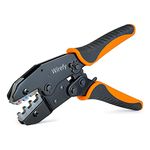

Get Your House Right: Architectural Elements to Use & Avoid
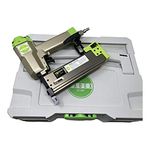
Cadex 18-Gauge Brad Nailer (CB18.50)













